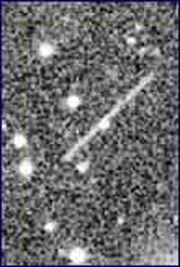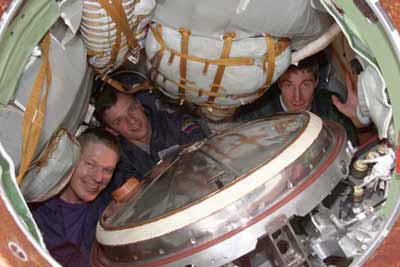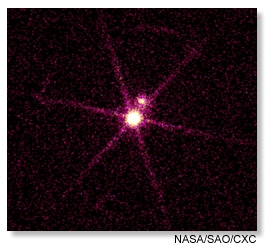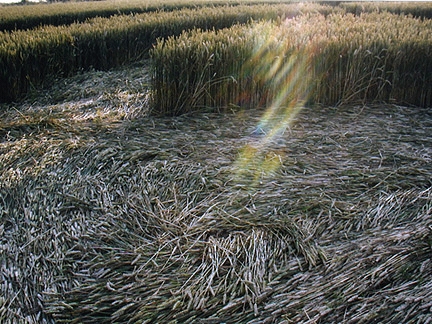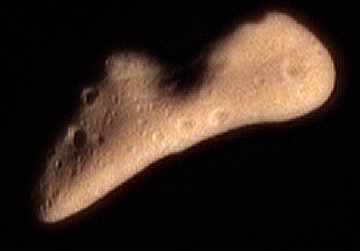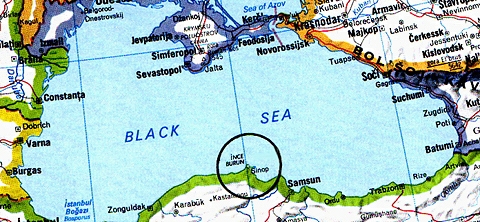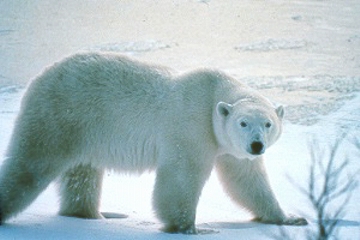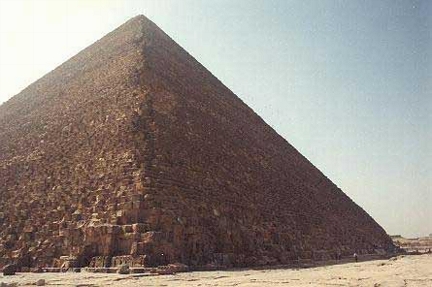
November 19, 2000 Cairo, Egypt - This week a Cambridge University Egyptologist from England, Dr. Kate Spence, announced a possible recalculation on the age of the Great Pyramid of Khufu or Cheops on the Giza Plateau near Cairo. She wanted to know how the ancient Egyptians lined up the Cheops pyramid so precisely north to south. She hypothesized that stars were the guide, so she used a computer to wind back time in the sky from today to about 4500 years ago. Dr. Spence found that the star Mizar, in the Big Dipper's handle, and Kochab, in the bowl of the Little Dipper, would have appeared one over the other at a point directly above the North Pole. Dr. Spence thinks that the Egyptians then hung a plumb line against the two stars to find true north for the construction of the great Cheops Pyramid. Her revised date for that construction is now 2478 B. C., give or take five years. If correct, the Great Pyramid could be 75 years older than traditional estimates.
Click here to subscribe and get instant access to read this report.
Click here to check your existing subscription status.
Existing members, login below:


